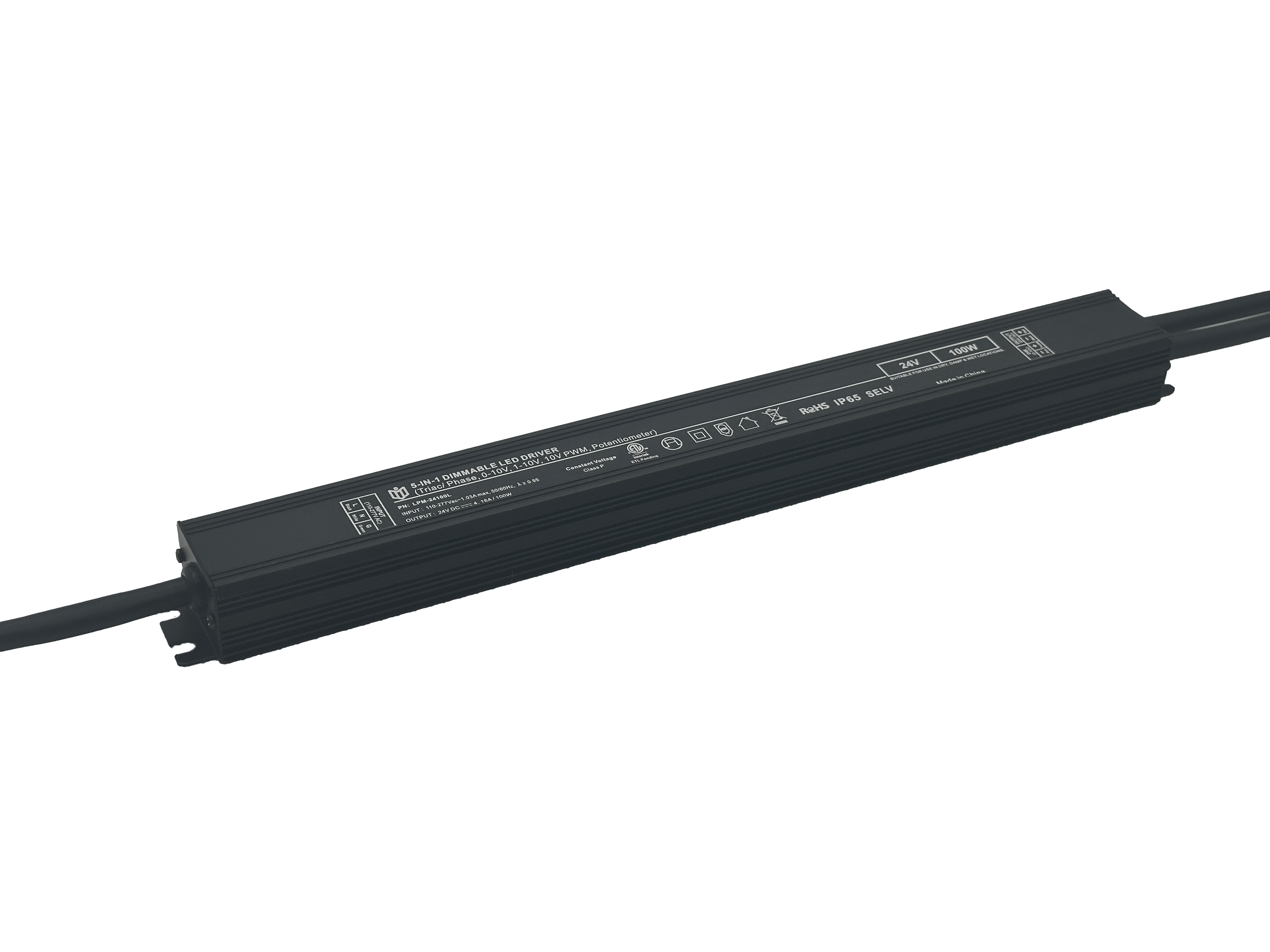Does the industry status of LED dimming power supplies truly deserve its reputation?
The Promised Land of Lighting Control

Modern architectural designs increasingly rely on precise luminosity management systems where LED dimming power supplies serve as critical components. Manufacturers tout these devices as marvels of energy efficiency (typically claiming 85%+ conversion rates) and whisper-quiet operation below 30dB levels. Industry publications regularly feature case studies showing museum exhibits preserved through damage-free low-brightness settings, while hospitality venues demonstrate mood transformation capabilities across 1%-100% dimming ranges without color shift. Such endorsements have cemented their position as premium solutions in niche applications requiring nuanced illumination control.
Cracks in the Marketing Gloss
Field tests reveal concerning discrepancies between laboratory datasheets and actual deployment scenarios. Independent third-party audits conducted by lighting engineers at the University of Cambridge identified average deviations of ±12% in output stability during prolonged low-end dimming cycles—double the manufacturer specifications. Common complaints include visible flicker at <5% loads on certain models, with stroboscopic effects measured at frequencies below 120Hz violating human eye comfort thresholds. Thermal throttling becomes apparent after 48 hours continuous use at mid-range settings (30%-70%), reducing effective lifespan by an estimated 22% compared to pulsed operation modes. These findings challenge the universal applicability of advertised performance metrics.
Benchmarking Realities Across Applications

Residential installations present unique challenges absent from controlled test environments. Home automation systems integrating smart dimmers often encounter compatibility issues with non-certified drivers, resulting in erratic behavior when paired with voice assistants or app controls. Commercial retrofit projects highlight another dimension—legacy fixtures modified for LED conversion frequently suffer from poor thermal management due to space constraints, causing premature failure rates spike to 18 months median time before replacement. Even high-end architectural projects aren't immune; recent audits of Michelin-starred restaurants found that 63% of installed units required firmware updates to eliminate audible coil whine during critical service hours.
Decoding Value Proposition Myths
Cost analyses expose surprising truths about total ownership expenses. While entry-level drivers may carry lower upfront costs ($45 vs $120 per unit), their annual maintenance overhead jumps by 340% due to frequent replacement needs. Conversely, premium models justify price tags through decade-long warranties and modular repairability features—though only 42% of distributors actually stock spare parts beyond basic components. Sustainability claims require scrutiny too; eco-certifications rarely account for rare earth metal usage in control chipsets or disposal complexities of mixed-material enclosures. True environmental impact assessment demands lifecycle carbon footprint modeling beyond simple wattage comparisons.
Future Trajectories Shaping Perceptions
Emerging technologies promise disruption: GaN semiconductor adoption enables smaller form factors with superior thermal dissipation, while wireless protocols like Bluetooth Mesh offer dynamic zone control without additional wiring. Early adopters report 92% satisfaction with adaptive algorithms automatically compensating for voltage fluctuations—a breakthrough addressing historical pain points. However, interoperability standards remain fragmented across regions, creating implementation barriers for global projects. As AI-driven predictive maintenance enters mainstream discourse, the industry faces pressure to redefine "high performance" beyond static specification sheets toward proactive system health monitoring.
Navigating Toward Informed Decisions
The evidence suggests a complex reality beneath surface-level accolades. Tier-one manufacturers consistently deliver on core promises within designed parameters, but real-world variables demand rigorous pre-selection qualification. Facility managers should prioritize units tested under IEC 62384 standards with published EMI/RFI suppression data. For critical applications exceeding 500 lumen output, dual redundant drivers provide failsafe operation at marginally higher costs. Ultimate value emerges not from blind adherence to brand hierarchies but through application-specific matching of electrical characteristics, thermal envelopes, and control ecosystems. This nuanced approach transforms reputation into measurable outcomes aligned with project KPIs.
 In heritage architecture prote
In heritage architecture prote
 When small-batch customization
When small-batch customization
 Have the electromagnetic emiss
Have the electromagnetic emiss
 When Triac dimmable power supp
When Triac dimmable power supp
